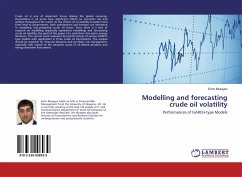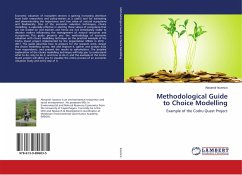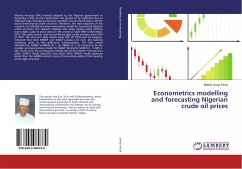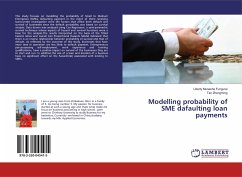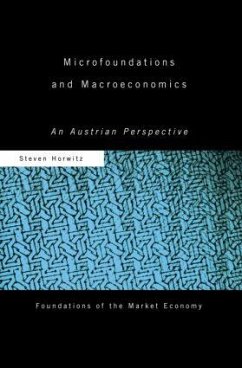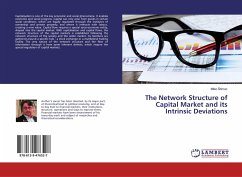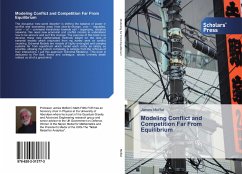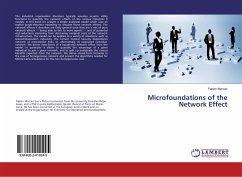
Microfoundations of the Network Effect
Versandkostenfrei!
Versandfertig in 6-10 Tagen
24,99 €
inkl. MwSt.

PAYBACK Punkte
12 °P sammeln!
The industrial organisation literature typically assumes ex-ante utility functions to quantify the network effects of the various industries it models. In this book we present a simple analytical model which uses an explicit graph-theoretic modelling to simulate these network effects. The network effects it describes are fairly general since they are a mix of pure network effects - being able to link to more agents - and of potential cost-reductions stemming from decreasing marginal costs of the network infrastructure. The model can be applied to a variety of situations, such as telecommunicat...
The industrial organisation literature typically assumes ex-ante utility functions to quantify the network effects of the various industries it models. In this book we present a simple analytical model which uses an explicit graph-theoretic modelling to simulate these network effects. The network effects it describes are fairly general since they are a mix of pure network effects - being able to link to more agents - and of potential cost-reductions stemming from decreasing marginal costs of the network infrastructure. The model can be applied to a variety of situations, such as telecommunication networks, the current Central Security Depositories network of cross-border links, or, alternatively, its associated custodian network. We derive close-forms of a (quadratic) network effect from the model. In particular it allows to quantify the advantage of a given individual to join a given network, and to split up analytically the various benefits expected from the network. We derive closed-form formulas in the case of homogeneous network and present the algorithms needed for Monte-Carlo simulations for the non-homogeneous case.



